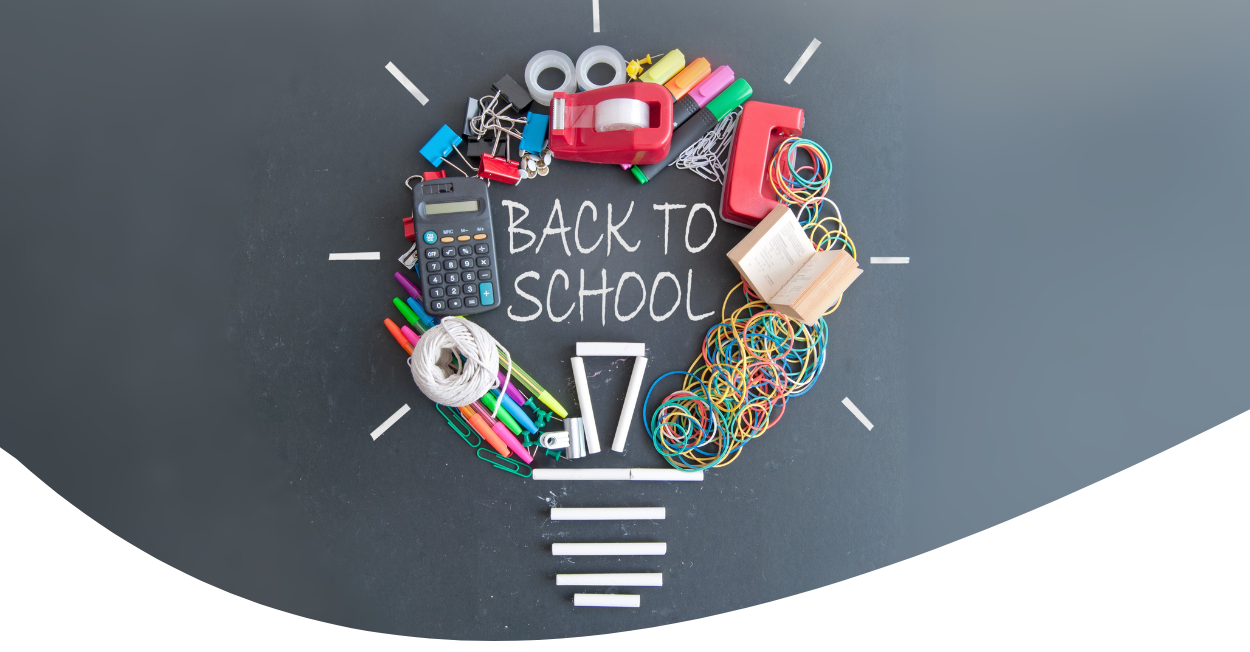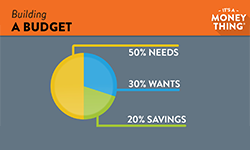
As the back-to-school season approaches, it's time to prepare not only for new academic challenges but also for the financial responsibilities that come with it. Effective budgeting can help ensure a smooth transition into the school year, allowing you to focus on education and growth rather than financial stress. Here are some financial planning tips to help you navigate the school year successfully:
Create a Comprehensive Budget
Start by listing all potential expenses, including tuition, textbooks, school supplies, transportation, and extracurricular activities. Allocate funds for each category to ensure you're prepared for all costs.
Prioritize Needs Over Wants
Distinguish between essential and non-essential expenses. Focus on what is necessary for academic success and consider delaying or finding more affordable alternatives for non-essential items. As you review your supply list, take a moment to check for items you may already have on hand and go through supplies from the previous year to see what can be reused.
Take Advantage of Discounts and Sales
Look for back-to-school sales, coupons, and student discounts. Many retailers offer significant savings on supplies, clothing, and technology during this time of year.
Plan for Unexpected Expenses
Set aside a portion of your budget for unforeseen costs. Having a buffer can prevent financial surprises from derailing your budget.
Utilize Second-Hand Resources
Consider purchasing used textbooks, renting them, or using online resources. This can significantly reduce costs while still providing the necessary educational materials. You should also explore refurbished or preloved tablet, laptop, and camera options to save even more on your tech needs. These alternatives often come at a fraction of the cost of new devices while still delivering the functionality required for academic purposes. Additionally, many retailers offer warranties and guarantees on refurbished electronics, providing peace of mind with your purchase.
Research Student Discounts and Take Advantage of Tax Holidays
Many retailers and brands run special promotions for students this time of year, with some offering student discounts all year long. You find special offers on tech, clothing, dorm supplies, and even online subscriptions. In addition to student discounts, take advantage of tax-free holidays to help you stay on budget and check off your back-to-school shopping list.
Encourage a Savings Mindset
Parents, consider involving your children in budgeting discussions to teach them the value of money management. Encourage them to save a portion of any allowance or earnings for school-related expenses, teach them about budgeting, developing a shopping list, and sticking to your budget.
Provided below is a Back-to-School budgeting worksheet that you can use to write down your shopping budget, items needed, compare prices, and tally what you spent.
Start Early and Take Your Time
By starting your back-to-school shopping early, you can invest more time researching your options and hunting for deals and discounts on what you need. Furthermore, there's no need to rush to check off every item on you or your child's supply list before the first day of school. Consider reaching out to teachers to find out which items are needed right away, and purchase the remaining supplies later.
Leverage Technology
Use reputable budgeting apps or tools to track your spending and adjust your budget as needed. This can provide a clear picture of your financial health and help you stay on track throughout the school year.
Review and Adjust As Needed
As you shop, periodically review your budget to ensure it still aligns with your financial goals and the evolving needs of the school year. Be flexible and willing to make changes as circumstances change.
By implementing these financial planning tips, you can effectively manage your back-to-school expenses and create a stable financial foundation for the academic year. Remember, thoughtful preparation and proactive budgeting are key to achieving both educational and financial success.
RESOURCES
« Return to "Blog"





